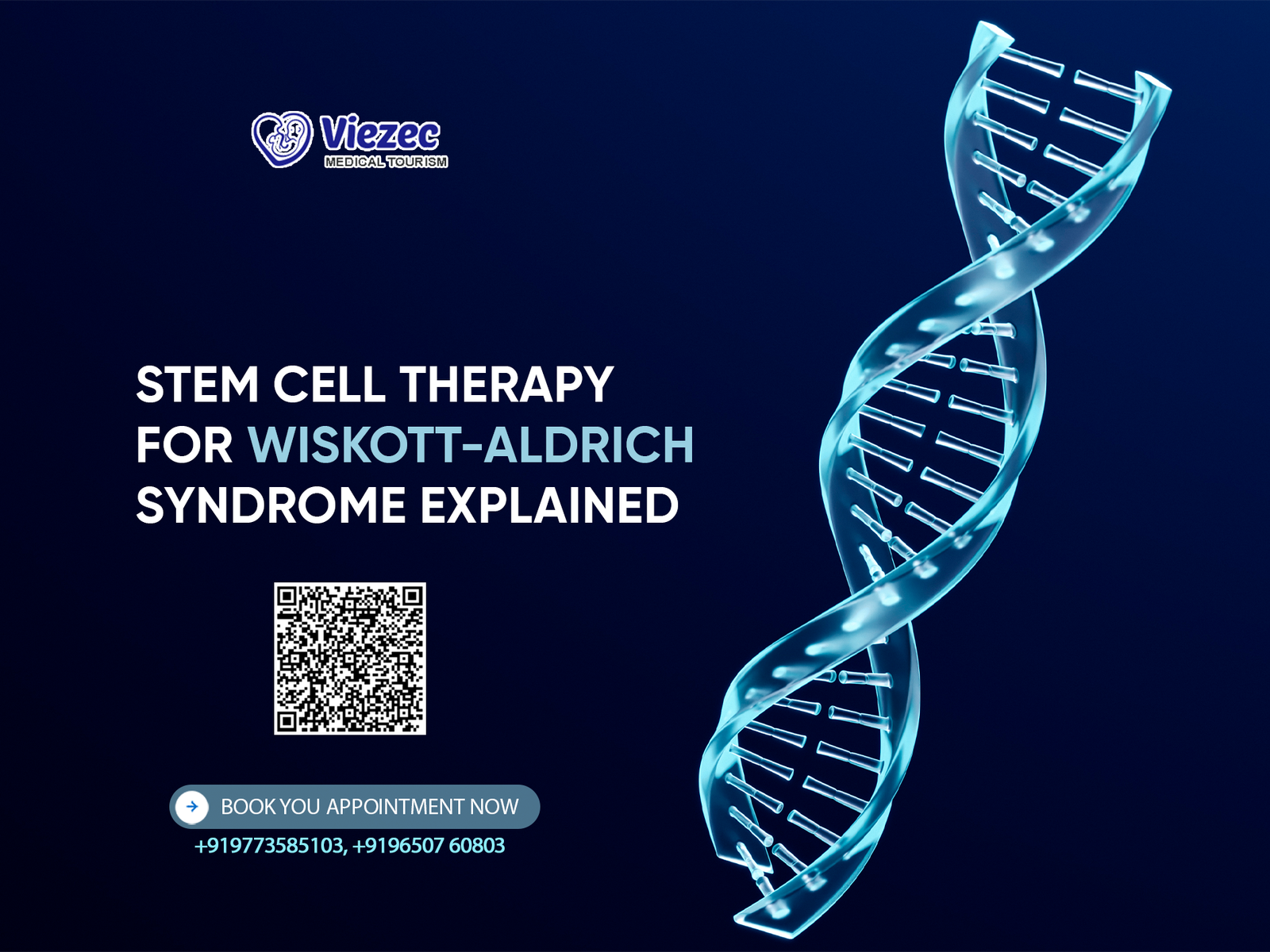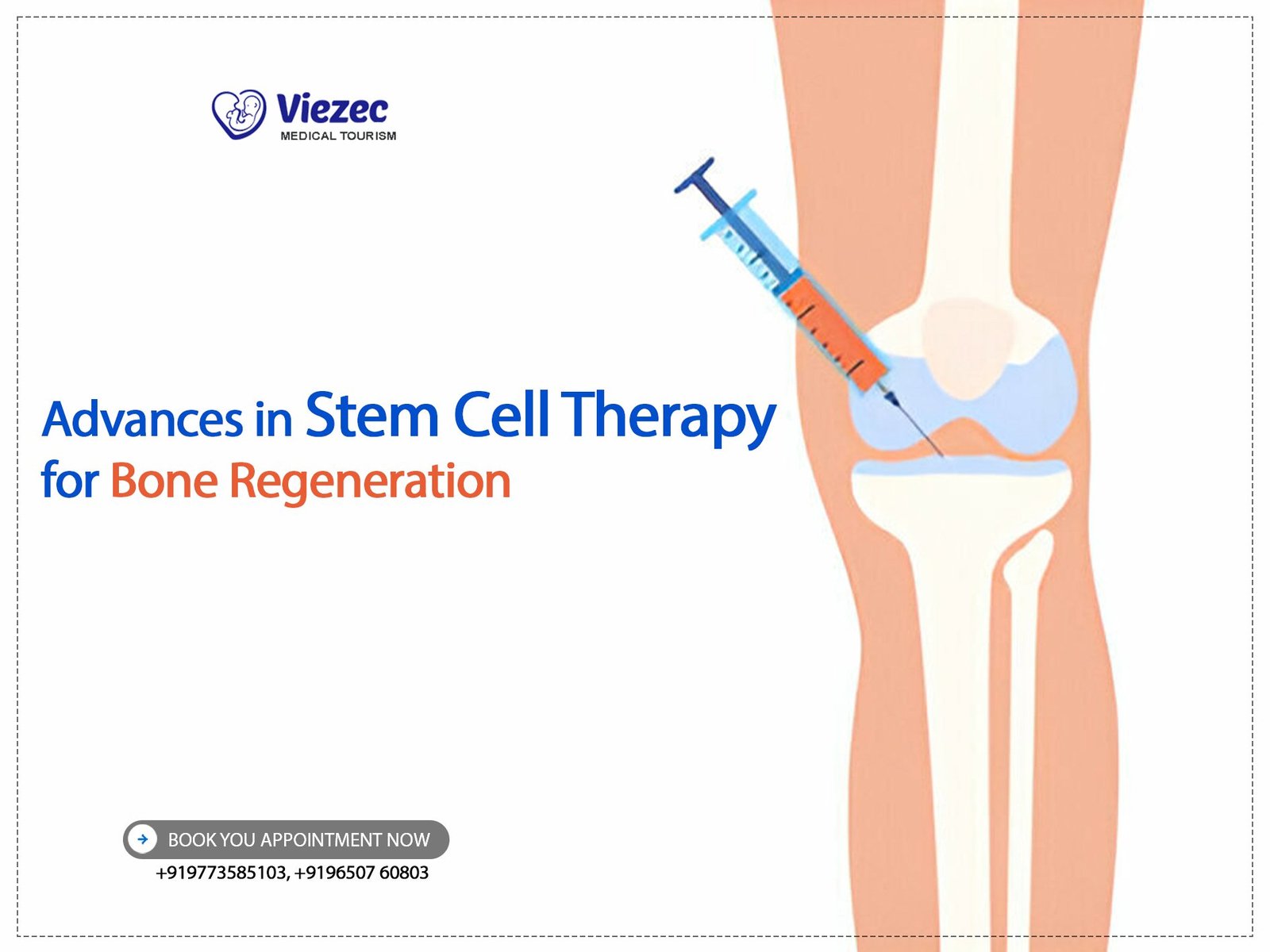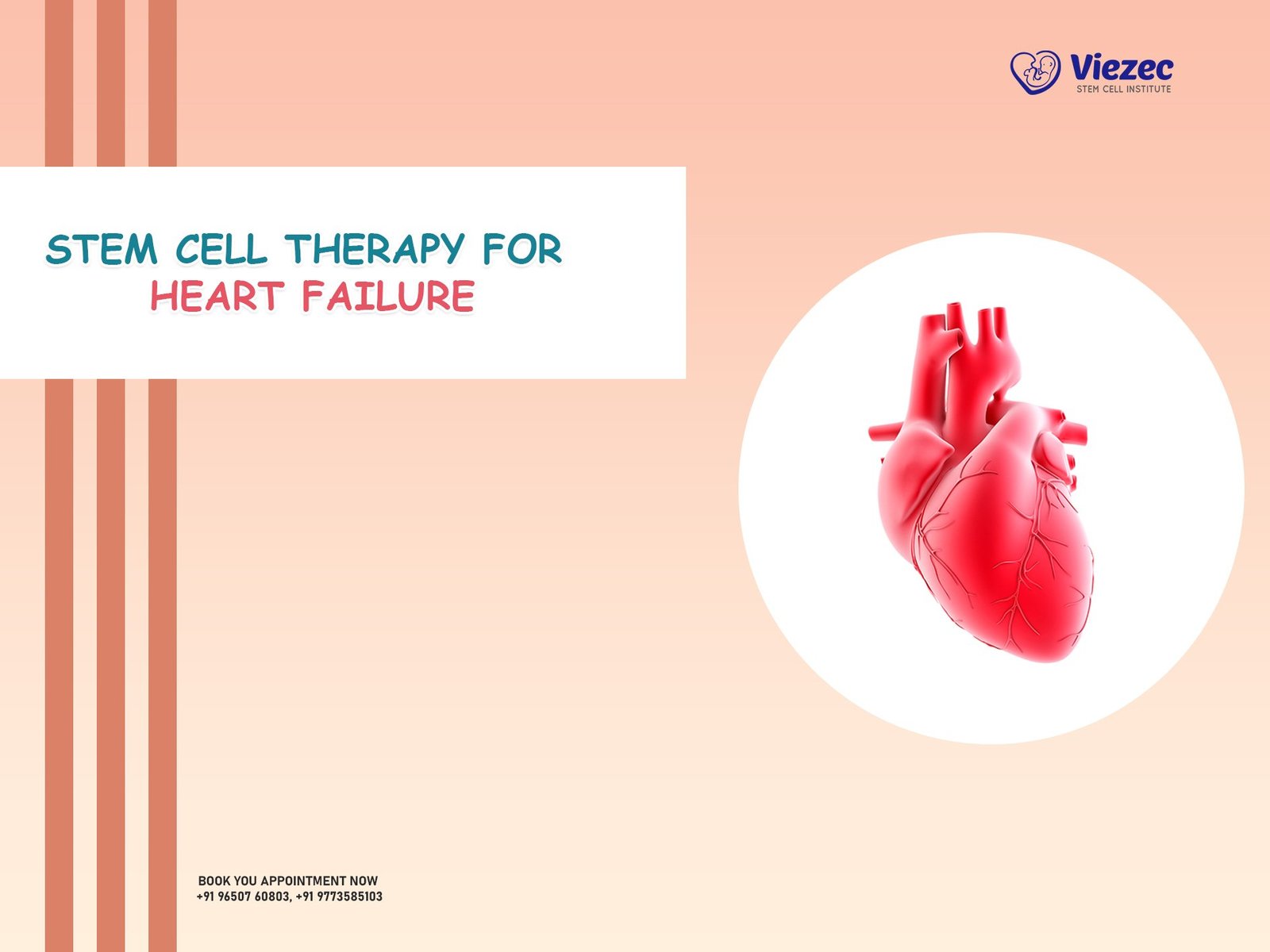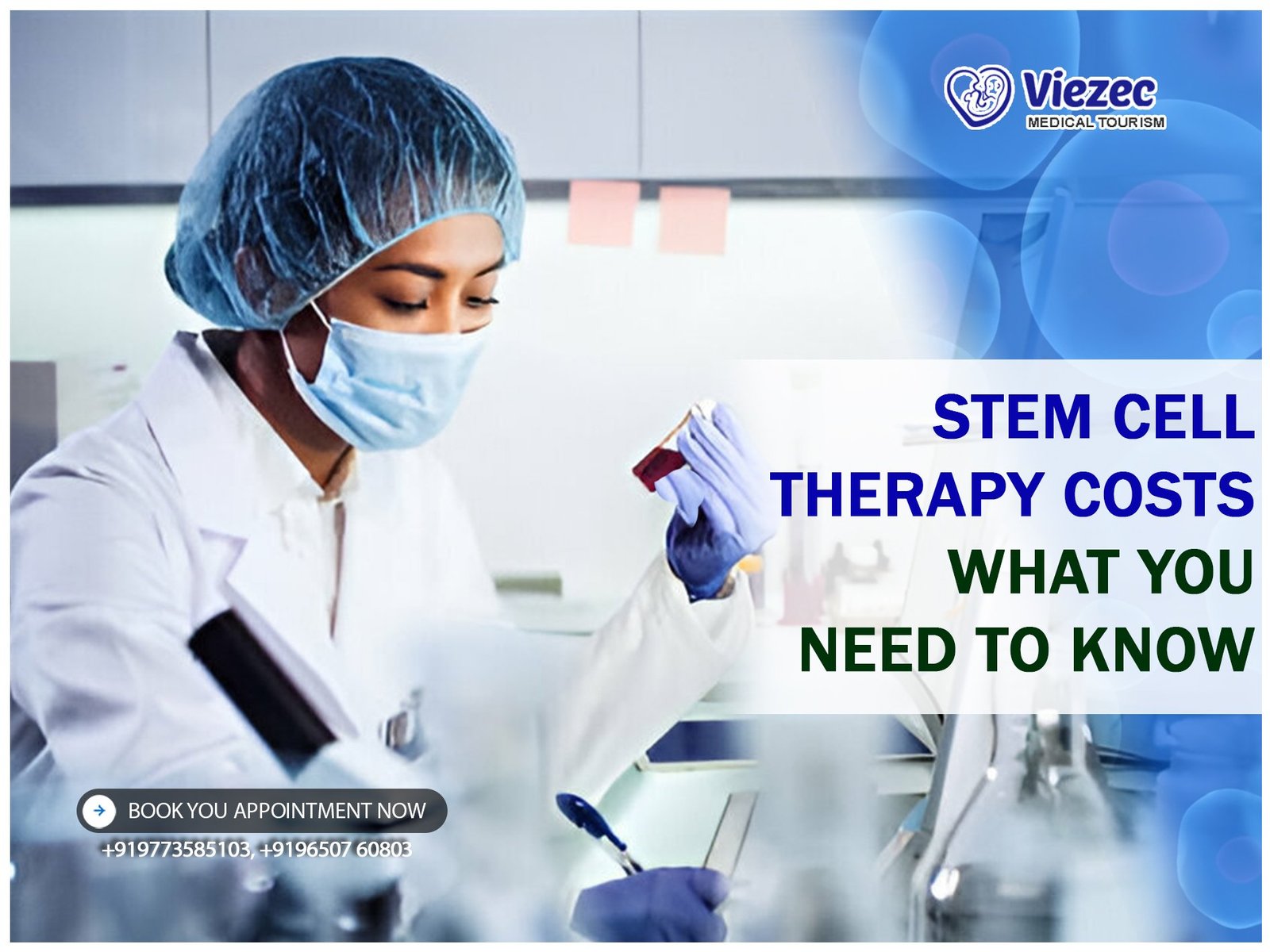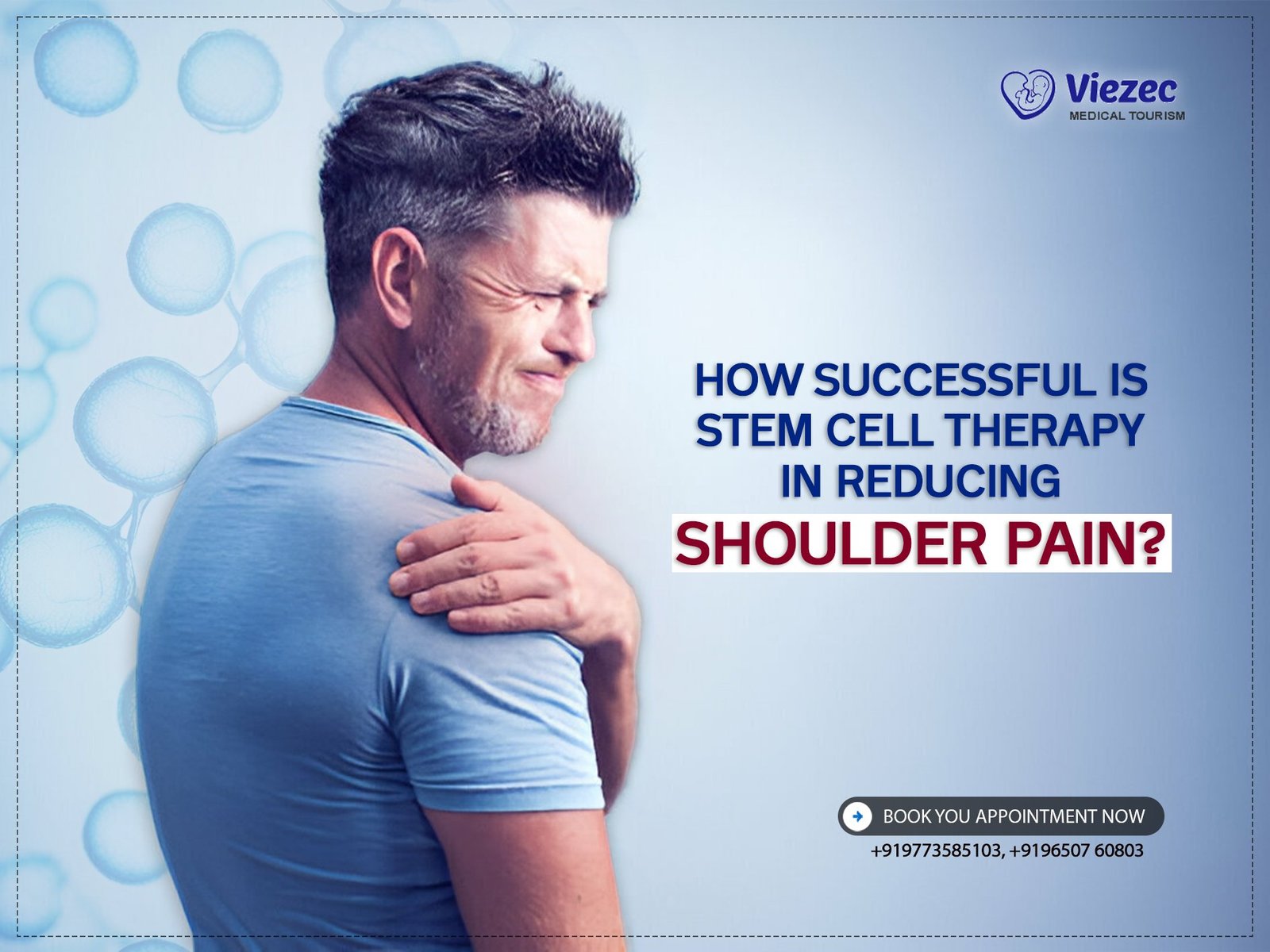Wiskott-Aldrich Syndrome (WAS) is a rare, inherited immune system disorder that primarily affects males. It is characterized by abnormal immune function, leading to frequent infections, eczema, and a low platelet count (thrombocytopenia). This condition is caused by mutations in the WAS gene, which plays a crucial role in blood cell function. Without effective treatment, WAS can lead to life-threatening complications such as severe infections, autoimmune diseases, and even cancers like leukemia and lymphoma.
Importance of Understanding Treatment Options
Given the severity of the disease, it is essential to explore all available treatment options. Managing WAS is not just about symptom control; it requires a comprehensive approach that includes medical interventions, supportive care, and advanced therapies like stem cell transplantation. Awareness and understanding of these treatments empower patients and caregivers to make informed decisions about managing the condition.
Role of Stem Cell Therapy in Managing WAS
Stem cell therapy has emerged as a promising treatment for WAS. By replacing defective blood-forming cells with healthy ones, it can restore immune function and improve overall health. This therapy, particularly hematopoietic stem cell transplantation (HSCT), offers the best chance for a long-term cure. Researchers are also exploring innovative approaches like gene therapy, which holds the potential to correct genetic defects and revolutionize WAS treatment in the future.
What is Wiskott-Aldrich Syndrome?
Definition and Genetic Basis
Wiskott-Aldrich Syndrome is a primary immunodeficiency disorder caused by mutations in the WAS gene, located on the X chromosome. This gene is responsible for producing the Wiskott-Aldrich Syndrome protein (WASP), which is crucial for the normal function of immune cells. When WASP is defective or absent, it leads to severe immune system dysfunction and blood clotting abnormalities.
Causes and Inheritance Pattern
WAS is an X-linked recessive disorder, meaning that it predominantly affects males. Females can be carriers of the mutation but usually do not exhibit symptoms due to the presence of a second, normal X chromosome. Males inherit the mutated gene from their mothers and are more susceptible to developing the condition. Genetic counseling is highly recommended for families with a history of WAS to understand their risk factors and explore preventive measures.
Prevalence and Affected Populations
Wiskott-Aldrich Syndrome is an extremely rare disease, with an estimated incidence of 1-10 cases per million live births worldwide. The condition is more frequently reported in certain populations with higher rates of consanguineous marriages. Due to its rarity, WAS often goes undiagnosed or misdiagnosed, leading to delays in treatment. Increasing awareness and improving diagnostic tools are crucial for early detection and better management of this disorder.
Symptoms of Wiskott-Aldrich Syndrome
Immunodeficiency and Frequent Infections
Wiskott-Aldrich Syndrome (WAS) is a rare genetic disorder that severely impacts the immune system. Patients with WAS experience recurrent bacterial, viral, and fungal infections due to the defective function of white blood cells. These infections can affect the lungs, skin, ears, and gastrointestinal system, leading to conditions like pneumonia, ear infections, and sepsis. The immune system’s inability to fight off infections effectively makes even minor illnesses potentially life-threatening.
Low Platelet Count (Thrombocytopenia)
A hallmark of WAS is thrombocytopenia, or a significantly low platelet count, which leads to an increased risk of excessive bleeding and easy bruising. Patients may experience prolonged bleeding from minor cuts, spontaneous nosebleeds, and even internal bleeding in severe cases. Newborns with WAS often exhibit petechiae, which are small red or purple spots on the skin caused by bleeding under the skin.
Eczema and Skin Problems
Many WAS patients suffer from chronic eczema, a skin condition characterized by redness, dryness, itching, and inflammation. This occurs due to an overactive immune response and compromised skin barrier, making the skin more prone to infections. Severe cases can lead to persistent discomfort and require long-term dermatological care.
Increased Risk of Autoimmune Diseases and Cancer
Due to immune system dysfunction, individuals with WAS are at a higher risk of developing autoimmune diseases such as vasculitis, inflammatory bowel disease, and hemolytic anemia. Additionally, there is an increased susceptibility to lymphoma and leukemia, making early diagnosis and effective treatment crucial.
How is Wiskott-Aldrich Syndrome Diagnosed?
Blood Tests and Platelet Counts
A crucial step in diagnosing WAS is performing a complete blood count (CBC) to assess platelet levels. Patients with WAS typically have abnormally small platelets in addition to a low platelet count, a distinguishing feature from other platelet disorders.
Genetic Testing for WAS Mutations
Definitive diagnosis of WAS requires genetic testing to identify mutations in the WAS gene located on the X chromosome. This test helps confirm the presence of the disorder, which is crucial for early intervention and treatment planning.
Other Diagnostic Tools
Additional tests may include immune function studies, such as measuring immunoglobulin levels and T-cell function. Flow cytometry is another diagnostic tool used to evaluate the presence and activity of WAS protein (WASP) in blood cells, aiding in accurate diagnosis.
Treatment Options for Wiskott-Aldrich Syndrome
Medications and Symptom Management
Symptomatic treatment includes antibiotics for infections, corticosteroids for autoimmune complications, and platelet transfusions for severe thrombocytopenia. Supportive care helps manage symptoms but does not cure the condition.
Immunoglobulin Therapy
Intravenous immunoglobulin (IVIG) therapy helps strengthen the immune system by providing essential antibodies. This treatment reduces infection risks but requires regular infusions.
Bone Marrow Transplants and Stem Cell Therapy
The most effective long-term treatment is hematopoietic stem cell transplantation (HSCT), which can fully restore immune function by replacing defective blood cells with healthy stem cells from a donor.
What is Stem Cell Therapy?
Definition and Types of Stem Cells
Stem cells are specialized cells capable of developing into different types of cells in the body. They are primarily categorized into embryonic stem cells, adult stem cells, and induced pluripotent stem cells (iPSCs).
Role in Regenerative Medicine
Stem cell therapy is widely used in regenerative medicine to treat genetic and autoimmune disorders by replacing damaged cells with healthy ones, promoting tissue repair and immune restoration.
Why Stem Cells Are Effective for WAS
Since WAS primarily affects blood cells, hematopoietic stem cells (HSCs) from bone marrow or umbilical cord blood can regenerate a healthy immune system, making stem cell therapy a promising cure.
How Stem Cell Therapy Works for WAS
Restoring the Immune System
Stem cell transplantation replaces defective immune cells with healthy ones, allowing patients to develop a functional immune response.
Replacing Defective Blood Cells
HSCs differentiate into various blood cells, correcting platelet deficiency and reducing the risk of infections and autoimmune complications.
Long-Term Benefits of Stem Cell Transplantation
Successful transplants significantly improve life expectancy and reduce the need for continuous medical interventions, enhancing the patient’s quality of life.
Types of Stem Cell Transplants for WAS
Hematopoietic Stem Cell Transplantation (HSCT)
HSCT is the most widely used stem cell therapy for WAS, involving the transplantation of healthy HSCs from a compatible donor.
Autologous vs. Allogeneic Stem Cell Therapy
Autologous transplantation uses the patient’s own modified stem cells, while allogeneic transplantation involves donor cells. The latter is preferred for WAS treatment due to genetic defects in the patient’s cells.
Gene Therapy with Stem Cells
Gene therapy involves modifying the patient’s own stem cells to correct the genetic mutation before transplantation, reducing rejection risks and improving outcomes.
Bone Marrow Transplant vs. Stem Cell Therapy
Key Differences and Similarities
Bone marrow transplants (BMT) and stem cell therapy are two primary treatment options for Wiskott-Aldrich Syndrome (WAS). While both approaches aim to restore immune function, they have notable differences. BMT involves transferring healthy bone marrow from a donor to replace the defective marrow of the patient. Stem cell therapy, on the other hand, focuses on using stem cells, which can be derived from bone marrow, umbilical cord blood, or induced pluripotent stem cells, to regenerate healthy blood cells.
Both treatments share the goal of correcting the immune deficiency, but their mechanisms differ. BMT has been a standard treatment for decades, whereas stem cell therapy represents a newer, more targeted approach. Another key difference lies in the source of stem cells: BMT requires a compatible donor, while some stem cell therapies use genetically modified autologous cells, reducing the risk of rejection.
Which Option is Better for WAS Patients?
The choice between BMT and stem cell therapy depends on several factors, including donor availability, the patient’s overall health, and disease severity. BMT has a longer track record and is highly effective if a matched sibling donor is available. However, mismatched donor transplants carry a higher risk of graft-versus-host disease (GVHD). Stem cell therapy, particularly gene-corrected autologous stem cell transplantation, is emerging as a promising alternative, eliminating the need for a donor and reducing the risk of GVHD.
Risks and Success Rates
Both treatments come with risks. BMT poses a risk of immune rejection and GVHD, while stem cell therapy involves the possibility of mutations or complications from genetic modification. Success rates for BMT vary, with higher success when a fully matched donor is available. Stem cell therapy is still in clinical trial phases for WAS, but initial results indicate comparable or even superior outcomes compared to traditional transplants.
Success Rate of Stem Cell Therapy in WAS Patients
Global Research and Case Studies
Recent research and case studies have demonstrated the growing success of stem cell therapy in treating WAS. Studies in Europe and the U.S. show that genetically modified hematopoietic stem cells (HSCs) have significantly improved immune function in WAS patients. One notable case from a European clinical trial showed a 90% survival rate among treated patients, with restored platelet function and reduced infections.
Factors Affecting Success
Success depends on various factors, such as the stage of the disease at treatment, the age of the patient, and the presence of infections or organ damage before therapy. Patients undergoing gene-edited stem cell therapy must receive conditioning chemotherapy to prepare their body for new stem cells, which can introduce additional risks. However, when done at an early stage, the chances of successful immune reconstitution are high.
Long-Term Survival Rates
Long-term survival rates for WAS patients treated with stem cell therapy are promising. Data from follow-up studies indicate that most patients who successfully engraft the modified cells exhibit sustained immune function improvement for over a decade. While research is ongoing, these results suggest that stem cell therapy could become a standard treatment for WAS, particularly for patients without a matched bone marrow donor.
Cost of Stem Cell Therapy for WAS
Estimated Expenses in Different Countries
Stem cell therapy is expensive, with costs ranging from $10,000 to $20,000, depending on the country and medical center. In the U.S. and Europe, prices are on the higher end due to advanced facilities and research investment. Countries like India offer more affordable options while maintaining high medical standards.
Insurance Coverage and Financial Aid
Many insurance plans do not fully cover experimental stem cell therapies, making financial assistance crucial. Organizations like the National Organization for Rare Disorders (NORD) and crowdfunding platforms help families cover treatment expenses.
Affordability in India and Other Regions
India has become a hub for affordable stem cell therapy, with costs nearly 50% lower than in Western countries. Leading hospitals in Delhi, Mumbai, and Bangalore offer high-quality care at reduced prices, attracting international patients.
WAS Treatment with Stem Cells
Stem cell therapy represents a revolutionary step forward in treating WAS. Advances in gene therapy and improved transplantation techniques offer new hope for patients, especially those without a matched bone marrow donor. As clinical trials progress, accessibility and affordability are expected to improve, making this treatment more widely available.
Ongoing research into gene editing, personalized medicine, and optimized conditioning regimens continues to push the boundaries of WAS treatment. With increased awareness, advocacy, and investment in medical research, the future looks promising for WAS patients worldwide. By embracing these advancements, we move closer to a potential cure and a better quality of life for those affected by this rare but serious disease.

